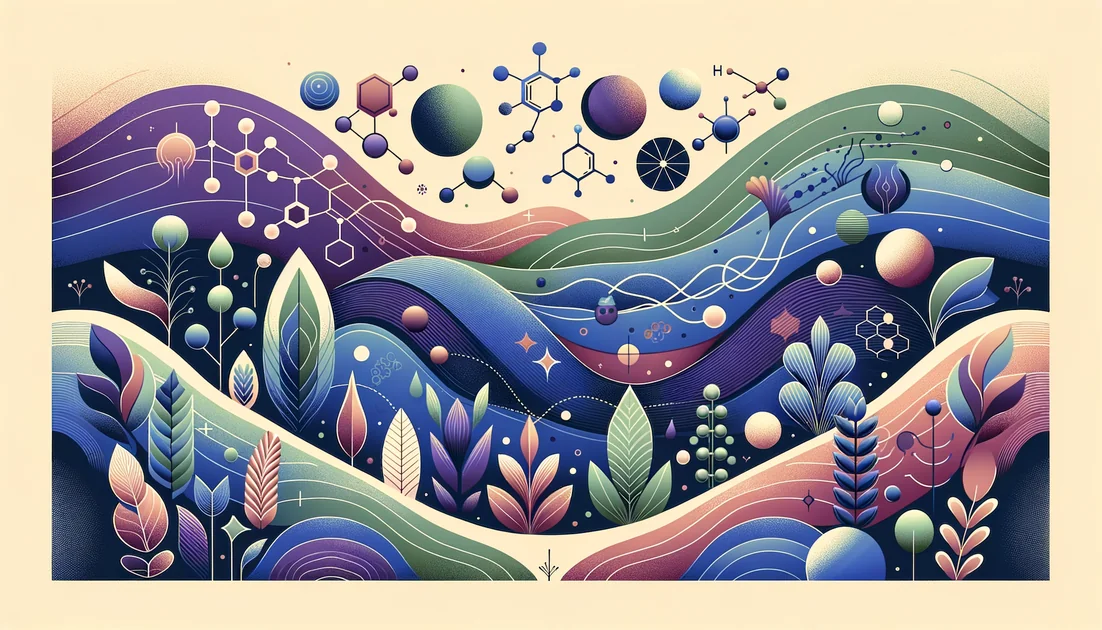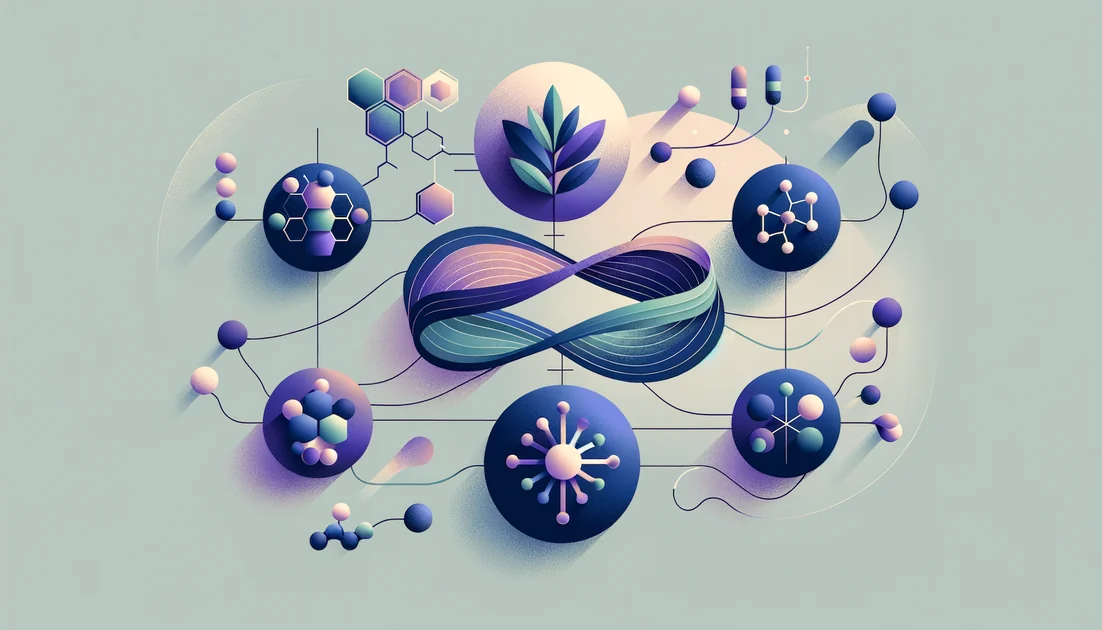
Top 8 Evidence-Based Recommendations
We reviewed 35+ randomized trials and meta-analyses on recovery—prioritizing effect size, human data, safety, and practicality—and cut the fluff. No affiliate bias. Just what actually helps you bounce back faster.
Quick Reference Card
Tart cherry: 30 mL concentrate 2×/day, 4–7 d pre + 2–3 d post.[1][2]
Creatine monohydrate: 20 g/day ×5–7 d, then 3–5 g/day.[3][20]
Citrulline malate: 8 g 30–60 min pre; reduces next-day soreness/RPE.[8][9]
Whey protein: 0.3 g/kg post; hit 1.6–2.2 g/kg/day total.[12][13]
Ranked Recommendations
#1Tart cherry (Montmorency)Top Choice
Pre-load the anti-inflammatory "juice hack" that speeds strength
Dose: 30 mL concentrate twice daily (or 240–355 mL juice twice daily) for 4–7 days before and 2–3 days after hard sessions.
Time to Effect: 24–72 hours (best when pre-loaded 4–7 days).
How It Works
Evidence
Field/court athletes, lifters during high-volume blocks, stage races/tournaments.
Can add sugar if using juice; choose low-sugar concentrate if cutting weight.
Use standardized Montmorency concentrate. Start 4–7 days pre-event; keep twice-daily dosing through 48–72 h post.
#2Creatine monohydrateStrong Alternative
Not just performance—less muscle damage after brutal sessions
Dose: Load 20 g/day (4×5 g) for 5–7 days, then 3–5 g/day; or take 3–5 g/day for 3–4 weeks without loading.
Time to Effect: Damage markers drop within 48–96 h in trials; performance benefits accrue within 1–2 weeks (with loading).
How It Works
Boosts intramuscular phosphocreatine so fibers rely less on damaging pathways, aiding calcium handling and membrane stability post-exercise.[3]
Evidence
Power/strength athletes, CrossFit/HIIT blocks, anyone stacking performance with recovery.
Temporary 1–2 kg water-weight gain; caution with known kidney disease.
Plain monohydrate (Creapure or similarly certified) is the gold standard—no fancy forms needed.
#3Curcumin (enhanced-bioavailability)Worth Considering
The DOMS tamer—works if your body can absorb it
Dose: Therapeutic range 500–1000 mg curcuminoids twice daily with food; choose phytosome (e.g., Meriva) or pair 500–1000 mg curcumin with 5–20 mg piperine.
Time to Effect: 24–96 hours; better with several days of use around heavy training.
How It Works
Evidence
Lifters in eccentric-heavy cycles; masters athletes; travel tournaments with back-to-back events.
Piperine can interact with medications (CYP3A4/UGT inhibitors); curcumin may potentiate anticoagulants—check with your clinician.
Pick a phytosome (Meriva) or curcumin+piperine. Start the day before, continue 2–4 days post; take with meals.
#4Citrulline malate (or L-citrulline)
Fast-acting soreness and RPE reducer for the next-day grind
Dose: 8 g citrulline malate (often labeled 2:1) 30–60 min pre-session; or 6–8 g L-citrulline.
Time to Effect: Same day to 24–48 hours.
How It Works
Raises plasma L-arginine and NO, improving perfusion and metabolite clearance; may support ammonia handling—translating to lower perceived effort and less soreness.[8]
Evidence
Hypertrophy blocks, high-rep/short-rest sessions, WODs.
Labels often misstate CM ratio; GI upset in some at 8 g.
If a product lists CM without ratio, assume ~1:1–1.1:1. When in doubt, use 6–8 g pure L-citrulline.
#5Whey protein (complete EAA source)
The repair material that actually moves damage markers
Dose: 0.3 g/kg immediately after and again later that day; or target 1.6–2.2 g/kg/day total protein with 25–40 g whey servings.
Time to Effect: Same day for MPS; 48–96 h for damage markers in trials.
How It Works
Delivers all EAAs—especially leucine—to trigger MPS and limit muscle protein breakdown; improves net protein balance post-eccentric work.[12]
Evidence
Everyone short on protein after hard sessions; cutting phases to preserve lean mass.
Dairy intolerance; choose isolate/hydrolysate if needed.
Distribute 3–5 protein feedings/day (25–40 g each) with 2–3 g leucine per dose.
#6HMB (β-hydroxy-β-methylbutyrate)
DOMS insurance for long, punishing blocks
Dose: 3 g/day (split 2–3 doses). Free-acid HMB peaks faster than calcium salt.
Time to Effect: Best data ≥6 weeks continuous use.
How It Works
Stabilizes muscle membranes and reduces proteolysis via ubiquitin-proteasome pathway, lowering CK/LDH after repeated stress.[14]
Evidence
Two-a-day camps, contact sports in-season, deload-resensitize strategies.
Occasional GI upset; verify third-party testing.
Start 2 weeks pre-camp and run through the mesocycle; free-acid form for faster kinetics.
#7Pomegranate (polyphenol extract/juice)
A niche helper—may blunt mechanical damage acutely
Dose: 500–1000 mL/day juice or standardized extract providing ≥500 mg polyphenols, around damaging sessions.
Time to Effect: Hours to 24 h (short-term).
How It Works
Ellagitannins/ellagic acid derivatives exert antioxidant effects that may reduce LDH spikes after eccentric work.[18]
Evidence
Athletes preferring whole-food polyphenols or stacking with tart cherry.
Juice calories; standardize dose if using extracts.
Use standardized extracts when traveling; otherwise pair with tart cherry during tournament weeks.
#8Taurine (as a combo aid)
Quiet helper that amplifies BCAA effects on soreness
Dose: 2 g taurine + 3.2 g BCAA, three times daily, for 2 weeks before and 3–4 days after eccentric work (per trials).
Time to Effect: 24–72 hours (when pre-loaded).
How It Works
Evidence
Athletes who already use intra-workout aminos and want a soreness edge.
High chronic doses may cause GI upset in some.
Use as a short pre/post-block stack rather than year-round.
Common Questions
What works fastest for next-day soreness?
Citrulline (6–8 g pre) and tart cherry (if pre-loaded) show benefits within 24–48 h.[8][1]
Do I need BCAAs if I already hit my protein?
No—complete proteins/EAAs cover all substrates and outperform BCAAs alone for repair/adaptation.[12][26]
Is creatine safe to use year-round?
Yes for healthy adults; 3–5 g/day is well-studied and safe long-term.[16][20]
Timeline Expectations
Fast Results
Combination Strategies
Game-week "Pre-Load & Protect"
Components:Tart cherry concentrate + Creatine monohydrate + Curcumin (phytosome)
Cherry polyphenols + creatine's membrane support + curcumin's cytokine dampening target different damage pathways—better strength/power recovery than any single agent.[1][3][4]
Days −7 to +2 of the event: tart cherry 30 mL 2×/day; creatine 5 g/day (load earlier if new); curcumin phytosome 500 mg 2×/day with meals.
Hypertrophy block "Pump & Repair"
Components:L-citrulline (or CM) + Whey protein isolate + Curcumin ( + piperine)
Citrulline eases next-day soreness/RPE so you can keep volume high; whey supplies EAAs to rebuild; curcumin tempers DOMS/CK after eccentric work.[8][12][4]
Pre: 6–8 g L-citrulline 30–60 min before. Post: 0.3 g/kg whey within 2 h. Evening: curcumin 500–1000 mg with dinner.
Camp grind "Damage Control" (6–8 weeks)
Components:HMB (free-acid) + Whey protein + Creatine
HMB lowers CK/LDH with repeated stress; whey and creatine cover MPS and membrane energy buffering.[14][12][20]
Daily: HMB-FA 3 g/day (split), whey to reach 1.6–2.2 g/kg/day protein, creatine 3–5 g/day.
You might also like
Explore more of our evidence-led investigations, comparisons, and guides across every article style.

Dr. Mercola (Mercola Market / Mercola.com Health Resources)
A sustainability-forward supplement line from a polarizing figure: quality claims vs. a long controversy trail

Collagen Peptides (Hydrolyzed) vs Bone Broth (Traditional/Commercial)
For targeted, measurable support (especially joints) choose collagen peptides. Pick bone broth for a warm, savory, light-protein drink—just don't count on it for clinically studied collagen doses. [1][2][3]


Zinc
Zinc refused to give up its secrets. For centuries, metalworkers could smelt copper, tin, iron, and lead with a hot fire. Zinc wouldn't cooperate—it slipped away as vapor before anyone could catch it. Only when furnaces were redesigned to trap the metal did zinc step onto history's stage; only later did doctors learn that our bodies, too, falter without it. [1]


Tocotrienols
The stealthier cousins of vitamin E—built with springy tails that move differently in cell membranes and behave differently in your body.














